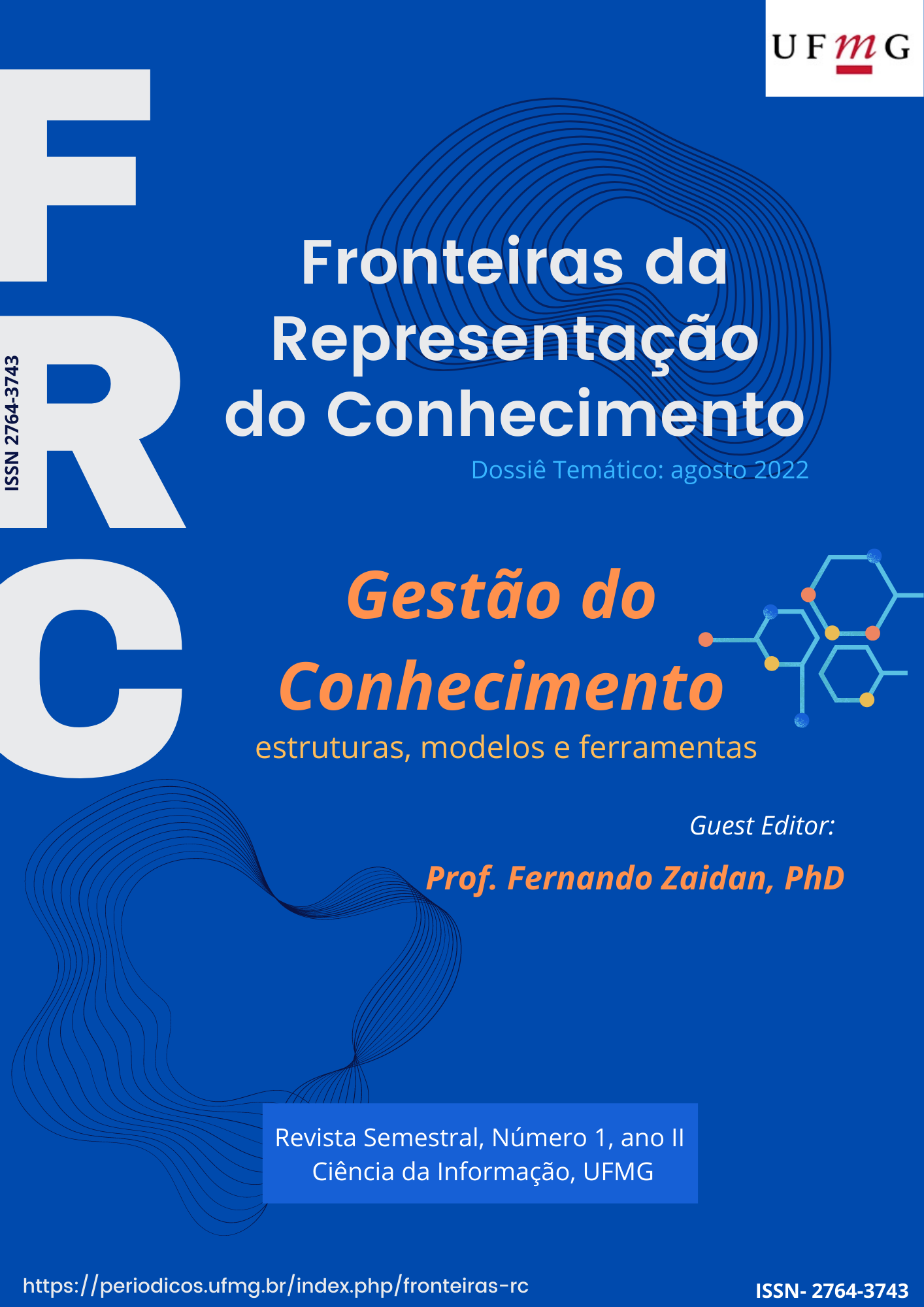Purpose for measuring Intellectual Capital
Main Article Content
Abstract
Intangible assets are the foundation of the information and knowledge economy, and measuring them is the task of the Intellectual Capital study area. Investors, business executives, professionals, government authorities, and academics engage in extensive discussion over Intellectual Capital's capacity to generate value. Due to the variety of models, definitions, and aspects that comprise this scientific discipline, it has not yet been feasible to establish a fundamental framework that connects the reasons for measuring Intellectual Capital in companies. In this regard, the purpose of this study is to uncover the elements that influence the determination of the reasons why organizations assess this intangible asset. This is a descriptive exploratory study that uses Content Analysis to understand these characteristics using a Systematic Literature Review. Consequently, the identification of objectives is offered as a determinant for proposing more effective approaches for the assessment of Intellectual Capital in businesses. The conclusion is that addressing these factors tends to foster imperative advances in the design of strategy planning and execution, the exercise of daily organizational decision-making, the production of organizational value and competitive advantage, and the assurance of consistent non-financial information. Suggestions for future research include expanding the study to additional bases, gaining the opinion of professionals about other elements, and developing models geared toward these factors.
Article Details
Issue
Section

This work is licensed under a Creative Commons Attribution 4.0 International License.
From: https://creativecommons.org/licenses/by/4.0/
You are free to:
- Share — copy and redistribute the material in any medium or format
- Adapt — remix, transform, and build upon the material
- for any purpose, even commercially.
- The licensor cannot revoke these freedoms as long as you follow the license terms.
Under the following terms:
-
Attribution — You must give appropriate credit, provide a link to the license, and indicate if changes were made. You may do so in any reasonable manner, but not in any way that suggests the licensor endorses you or your use.
- No additional restrictions — You may not apply legal terms or technological measures that legally restrict others from doing anything the license permits.
Notices:
- You do not have to comply with the license for elements of the material in the public domain or where your use is permitted by an applicable exception or limitation.
- No warranties are given. The license may not give you all of the permissions necessary for your intended use. For example, other rights such as publicity, privacy, or moral rights may limit how you use the material.


